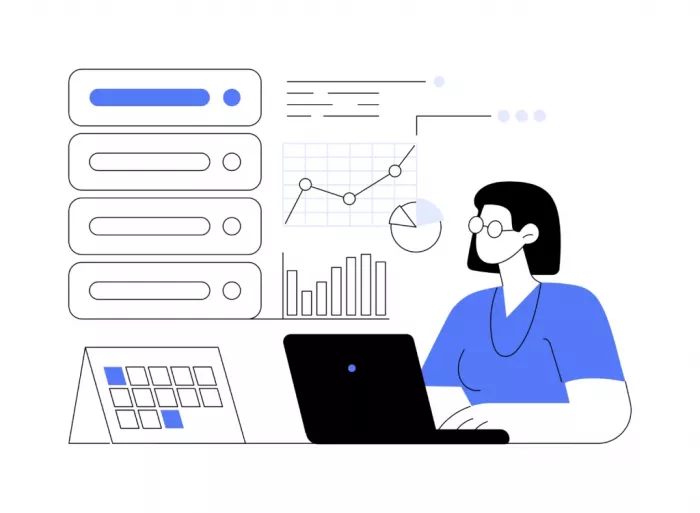Running ads online isn’t just about spending money and hoping for the best anymore. With so much competition out there, brands need to be smart about who they target, when they show ads, and what kind of message they use.
That’s why predictive algorithms are important here. These tools use data to guess what people might do next — like who’s likely to click, buy, or ignore your ad. Instead of guessing, you get real insights that help you make better choices.
In this guide, we’ll look at how predictive algorithms are making digital ad campaigns more effective and easier to manage.
Here are the core areas where predictive models are making the biggest impact.

Ben Karlovich, Founder of Stove Top Protectors explains, “One of the most powerful applications of predictive algorithms is refining audience targeting. Rather than relying solely on static demographics or generalized interests, predictive models analyze behavioral patterns, past interactions, and contextual data to forecast which users are most likely to engage or convert.”
Programmatic advertising has matured thanks to predictive algorithms that drive real-time bidding decisions. These algorithms assess the value of an impression before placing a bid, considering factors like user behavior, time of day, device, and placement history, explains Eran Mizrahi, CEO of Source86.
Not all users respond to the same message. Predictive algorithms help deliver tailored creatives that resonate with individual preferences, increasing engagement and conversion rates.
Budget optimization is no longer a static process. Predictive models forecast how different budget allocations will perform across campaigns, channels, and audience segments.
It’s not just about the first click. Predictive algorithms assess the probability of conversion and estimate a user’s potential lifetime value (CLV), enabling advertisers to prioritize high-impact opportunities.
Here’s how predictive algorithms are optimizing every stage of the campaign lifecycle.
Predictive algorithms use machine learning to analyze past customer behavior—things like what users click on, how they interact with your site, and what products they tend to buy. Based on these insights, they identify which users are most likely to be interested in your product or service.
Instead of casting a wide net, you’re narrowing your focus to people who already show signs of interest or intent. This significantly increases the relevance of your ads and ensures your budget is being spent where it matters most.
When ads are shown to people who are already likely to engage, the results speak for themselves. Predictive algorithms help you identify not just who to target but when and how. For example, someone who browsed your website late at night may respond better to ads during those same hours, explains Per Markus Åkerlund, CEO of MEONUTRITION.
Similarly, certain messages or offers may work better with one group than another. This level of customization leads to better ad performance and higher conversion rates, turning more visitors into paying customers.
By focusing your ad budget on high-intent users, predictive algorithms reduce wasted impressions and clicks that don’t convert. This means your cost per click (CPC), cost per acquisition (CPA), and even customer acquisition costs (CAC) go down.
Instead of spending money to figure out what works, the system does the heavy lifting for you — making your campaigns more efficient and cost-effective over time.
Traditionally, marketers relied on A/B testing or manual reports to understand what’s working. Predictive algorithms speed this up dramatically. They analyze millions of data points in real time, giving you instant insights and optimization opportunities. You can pause underperforming ads, shift budgets, or change creative elements—all based on current data, not guesswork or outdated trends.
Nobody likes seeing irrelevant ads. Predictive algorithms help tailor ad content to each user’s preferences, browsing habits, and stage in the buyer journey, says Gerald M, Growth Marketing Expert at Cricketscore.io.
For example, someone who’s been researching travel might see flight deals, while a past customer could receive an upsell offer. This personalization makes the ad experience feel more helpful and less intrusive, increasing brand trust and customer satisfaction.
Predictive algorithms help make digital ads smarter. Instead of guessing, they use real data to show the right ads to the right people. This means better results, less wasted money, and happier customers.
They also save time by doing a lot of the work for you. Whether you’re running a small campaign or a big one, using these tools can really make a difference.
Be the first to post comment!